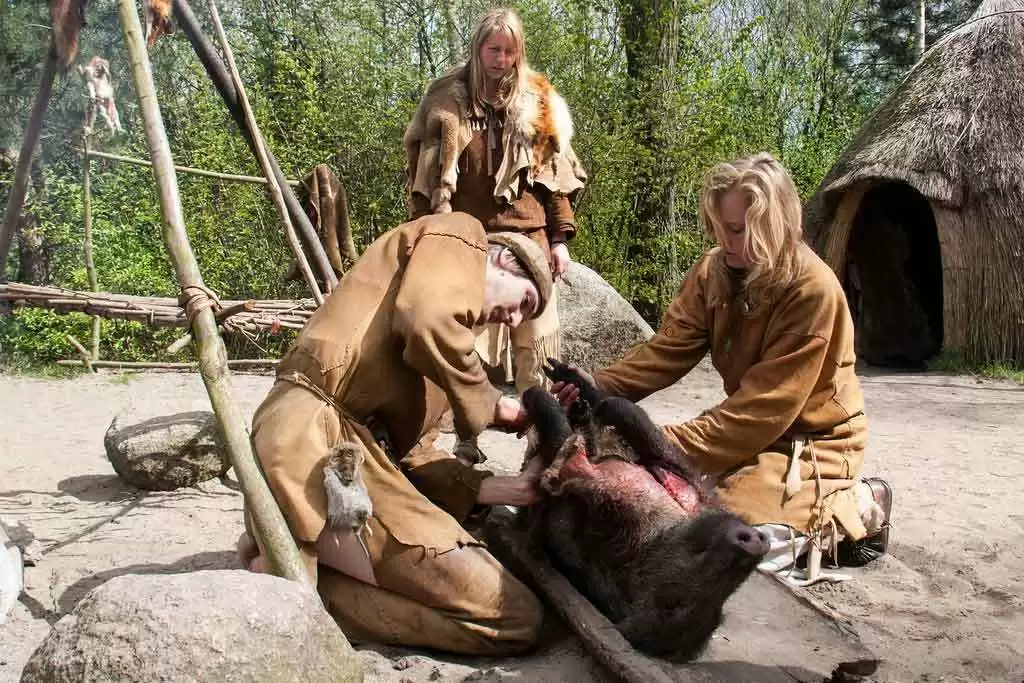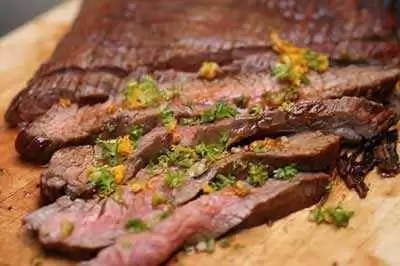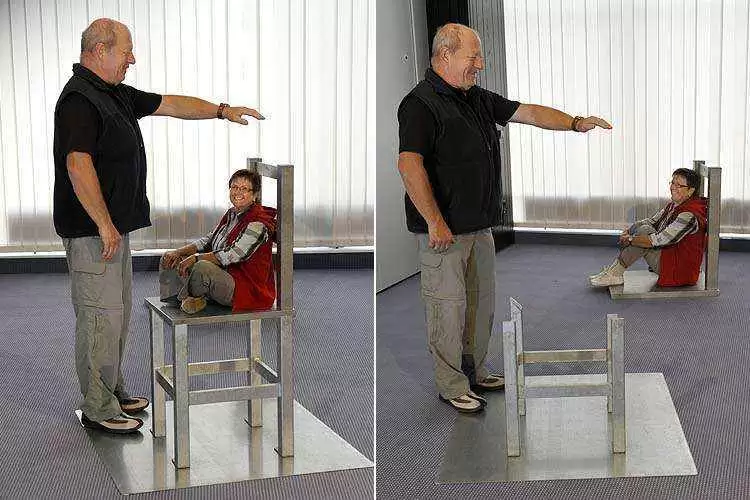
Celiac.com 11/06/2020 - Discussion of Celiac Disease and gluten intolerance often centers on symptoms, gluten-containing foods to avoid, and medical treatments. But did you ever wonder why gluten negatively affects us? And did you ever think that there just might be a single cause for a multitude of modern diseases?
A Very Brief Human Dietary History
Thanks to modern archeology, we know that humans have inhabited this big blue ball for more than two million years—and we know both the types of foods consumed by our ancestors and the means used to obtain them. For the overwhelming majority of that time, our subsistence method has been that of the hunter gatherer. Only within the last ten thousand years, at most, have humans consumed the gluten-containing products of agriculture, transitioning from what is sometimes called the Paleolithic, or hunter gatherer, period to the Neolithic, or farming and ranching, period (That’s ten thousand years if your genes happen to be from the Fertile Crescent in the Middle East. That number shrinks to about one or two thousand if you are of northern European descent—and even much less than that if your genes are from African, the Americas, or another origin that has recently shifted to Neolithic food production and consumption).
So what does this mean?
Celiac.com Sponsor (A12):
It means that humans have been consuming agriculture-derived foods at most for one half of one per cent of our time here on earth. It means that grains (gluten-containing or not) aren’t natural food for human beings and that, not surprisingly, there are negative health consequences for consuming, in volume, anything outside our natural range of foods.
But wouldn’t humans have consumed wild grains, at least in times of scarcity?
First, the idea that hunter gatherers frequently experienced scarcity is exaggerated. The idea is based on studies of modern hunter gatherers who have been forced to the fringes of habitable land by modernity. More recent evidence shows that our ancestors did not live that way. In fact, science has not only shown a general abundance of food among pre-modern hunter gatherers, it has also revealed that, in contrast to our own, these people lived lives of comparative leisure.
Second, all grains are tiny grass seeds that require quite a bit of labor in order to extract minimal energy. Wild grains were even smaller and less energy dense than today’s grains. Given the abundance of game, fruit, nuts, and other food sources during the Paleolithic, it would take a lot of work for relatively little reward, even if these wild grains were considered a desirable food. One would have to be rather desperate to even try to rely upon grains as a primary food source. (This may be exactly what happened 10,000 years ago, perhaps due to widespread population growth or famine, leading our ancestors to abandon the Garden of Eden and pick up the plow).
But haven’t we evolved since the adoption of agriculture to tolerate gluten-containing grains?
Well, obviously the subscribers to this newsletter haven’t! While it’s clear that celiacs and the gluten intolerant should abstain entirely from consuming gluten-containing foods, frankly the concept that any human ought to consume any grain in any form, gluten-containing or not, is debatable. No doubt some adaptation has occurred for those populations who have been exposed to the products of agriculture long enough—but who knows how long it would take to develop full tolerance? And at what price in terms of numbers of years and numbers of human lives? It may be true that some grains such as rice may be less harmful to human health, but it is clear both that human adaptation to cereals has been partial at best, and the best diet for all human beings is still one that most closely mimics what we’ve been eating for millennia, the hunter gatherer or “paleo” diet.
So what did our ancestral diet look like?
While humans have consumed a remarkably wide range of foods as hunter gatherers, there are some constants. First, although it may make some of our vegetarian friends uncomfortable, humans have always been omnivores and therefore meat eaters. Science has shown that the enlargement of the human brain was consequent with increased carnivory. And while there is some debate as to which vegetables (and how much) were consumed by our ancestors, it is clear that until very recently we never consumed modern staples such as corn (which is really a grain not a vegetable) or legumes (including peanuts!). There is also considerable debate about whether tubers are paleo since they require cooking, which came on the scene relatively late. But very few Paleolithic dietary experts will deny that leafy green vegetables are a safe and healthy bet. Fruits were, by and large, only consumed in season and, unlike most modern examples, were always high in fiber and low in sugar. True nuts were also available only in season.
Now comes a shocker: Dairy was very rarely consumed if ever before the Neolithic revolution. As paleo author Ray Audette put it, you try milking a wild-eyed wildebeest! Milk is something that was only sourced directly from the mother’s breast for the first few years of life—more than sufficient calcium was obtained from the diet.
The paleo diet
We all know that gluten is the direct cause of celiac and gluten intolerance. We know that we can avoid symptoms by simply avoiding foods and other gluten containing products. But using light shed by modern anthropological discoveries of the natural, ancestral human diet, we can now apply the paleo template and see why gluten affects us as it does. It’s not difficult to see that our newfangled Neolithic diets are causing not just celiac disease and gluten intolerance, but potentially a host of other diseases caused by dietary divergence from our evolutionary past.
Resources:
- Books: The Paleo Diet by Dr. Loren Cordain; Neanderthin by Ray Audette; Protein Power Lifeplan by Drs. Michael and Mary Dan Eades (a very poorly titled but strong book that deserves to be read cover to cover, especially the chapter on gluten intolerance entitled “The Leaky Gut Syndrome”);
- The Rosedale Diet by Dr. Ron Rosedale; Dangerous Grains by James Braly and Ron Hoggan
- Published Research: Cordain, L., Cereal Grains: Humanity’s Double Edged Sword, World Rev Nutr Diet. 1999;84:19-73.



.webp.fe6c78a394a908c8426b482004aaf7be.webp)




Recommended Comments
There are no comments to display.
Create an account or sign in to comment
You need to be a member in order to leave a comment
Create an account
Sign up for a new account in our community. It's easy!
Register a new accountSign in
Already have an account? Sign in here.
Sign In Now